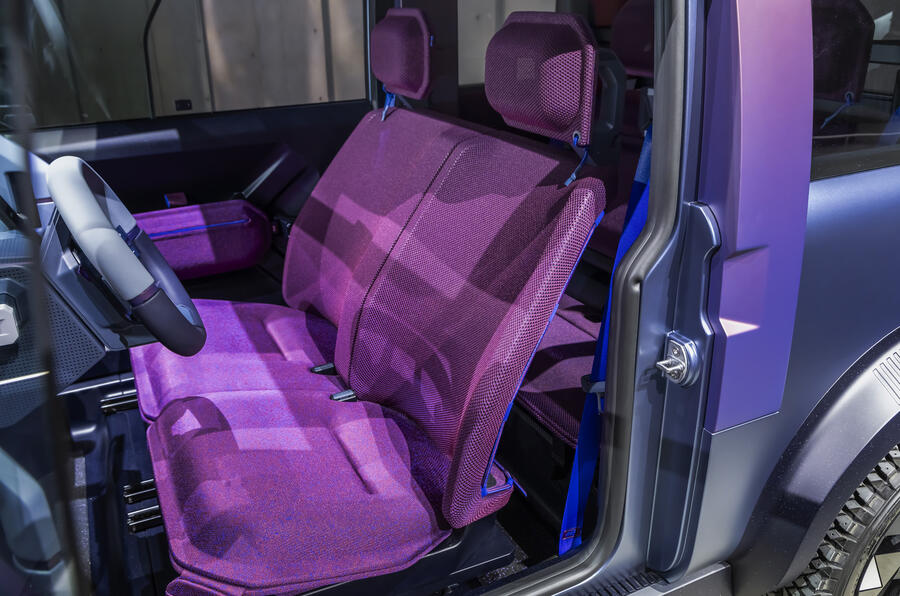He said that EU legislators have added around 100 new regulations for cars since 2010 and estimated that there will be another 100-plus added between now and 2030.
Partly as a result of this increasing legislation and all the extra equipment and materials it necessitates, the average weight of a new car is said to have risen 15% over the past decade, its power has increased by 43% to compensate and it has increased in cost by 63%.
The used car market, Marotte added, provides little refuge from these increased costs, with prices having risen 45% between 2010 and 2024.
“So our expectation is that, whether it’s about safety, whether it’s about technologies, we need to be more pragmatic, because we need to bring back affordable cars on the road. We need to bring back into the market customers who [have gone] away from it because they simply cannot afford new vehicles or even used cars.”
Less is more in the real world
Marotte said that the Hipster’s bare-bones conception is reflective of an ambition to strip away any non-essential content and cut costs out of the manufacturing process, thereby bringing the price down for customers.
“We need to work even harder than before on design-to-cost and design-to-weight as well,” he said, adding that “if we can reduce the weight, then we can extend the range without over-investing in batteries, so that’s really the magic work that we have to put in place”.







